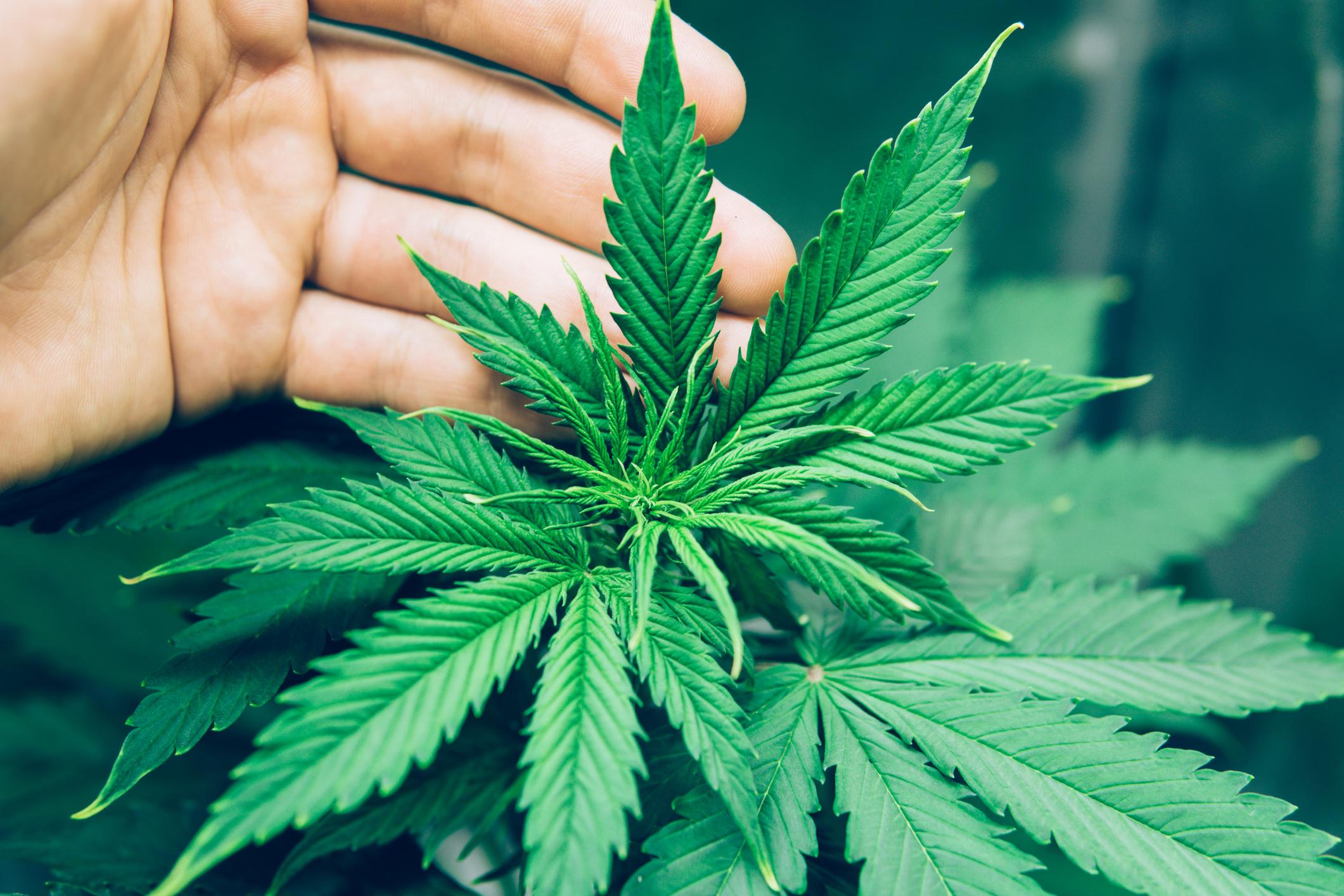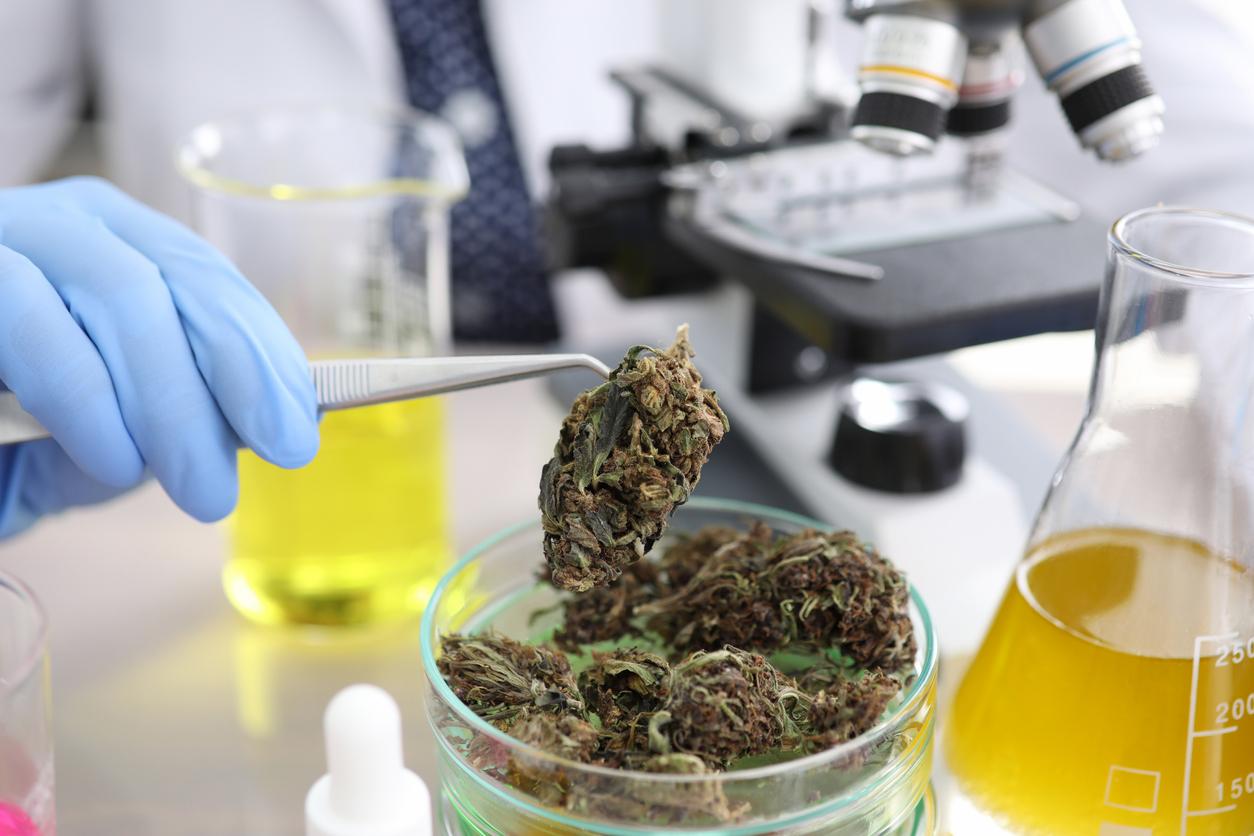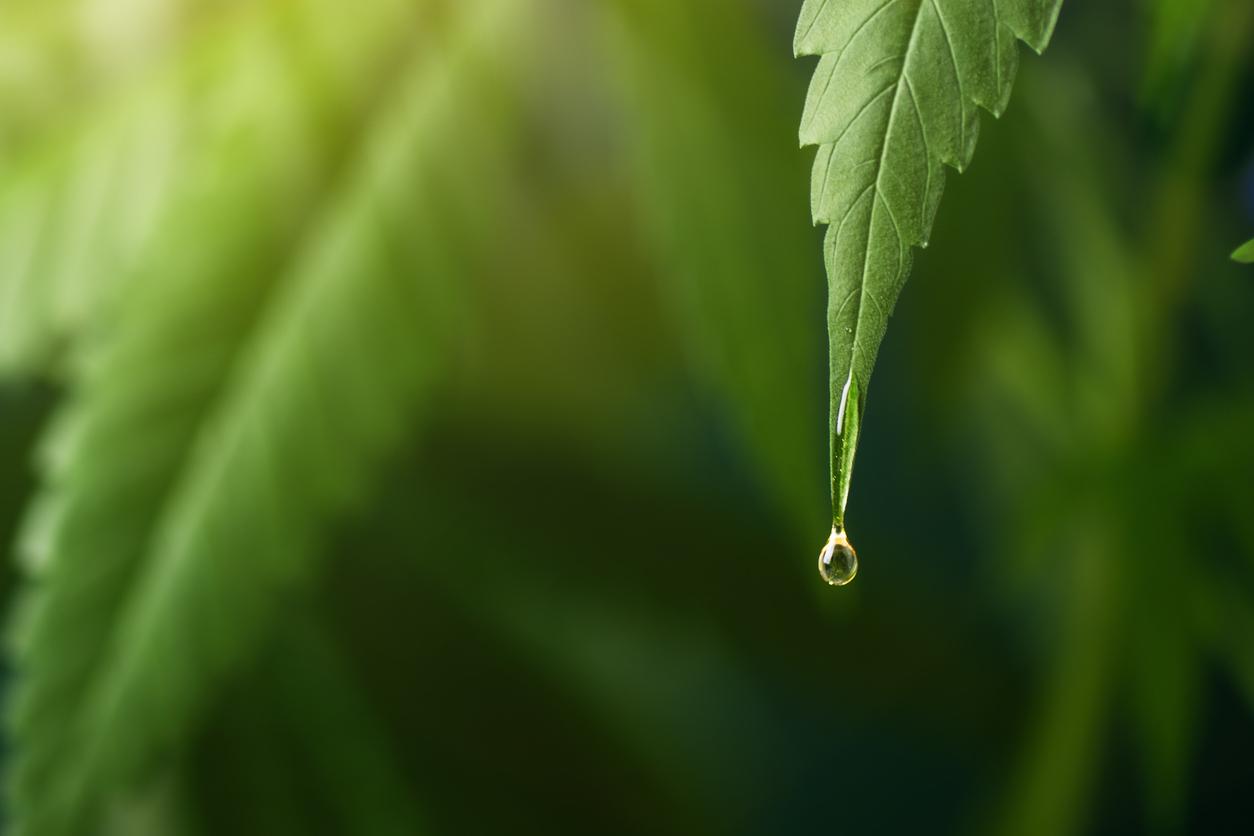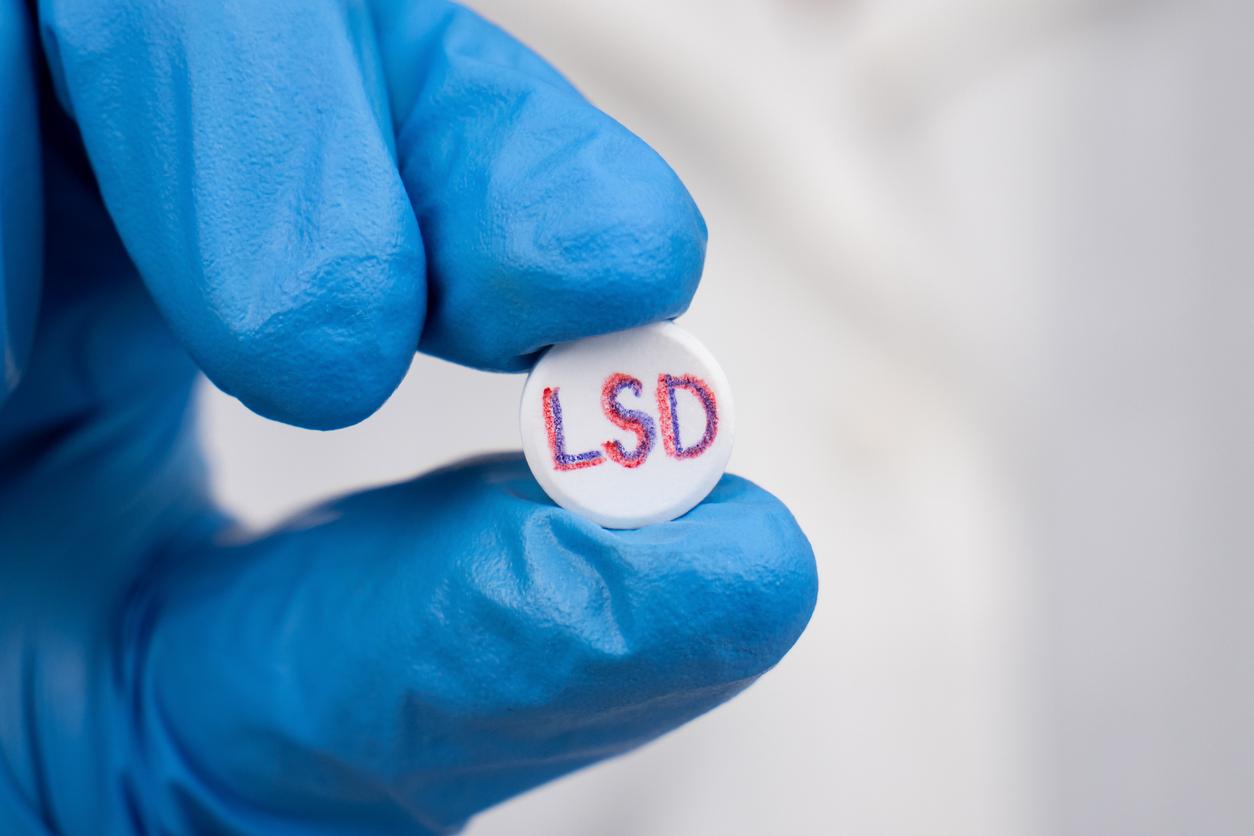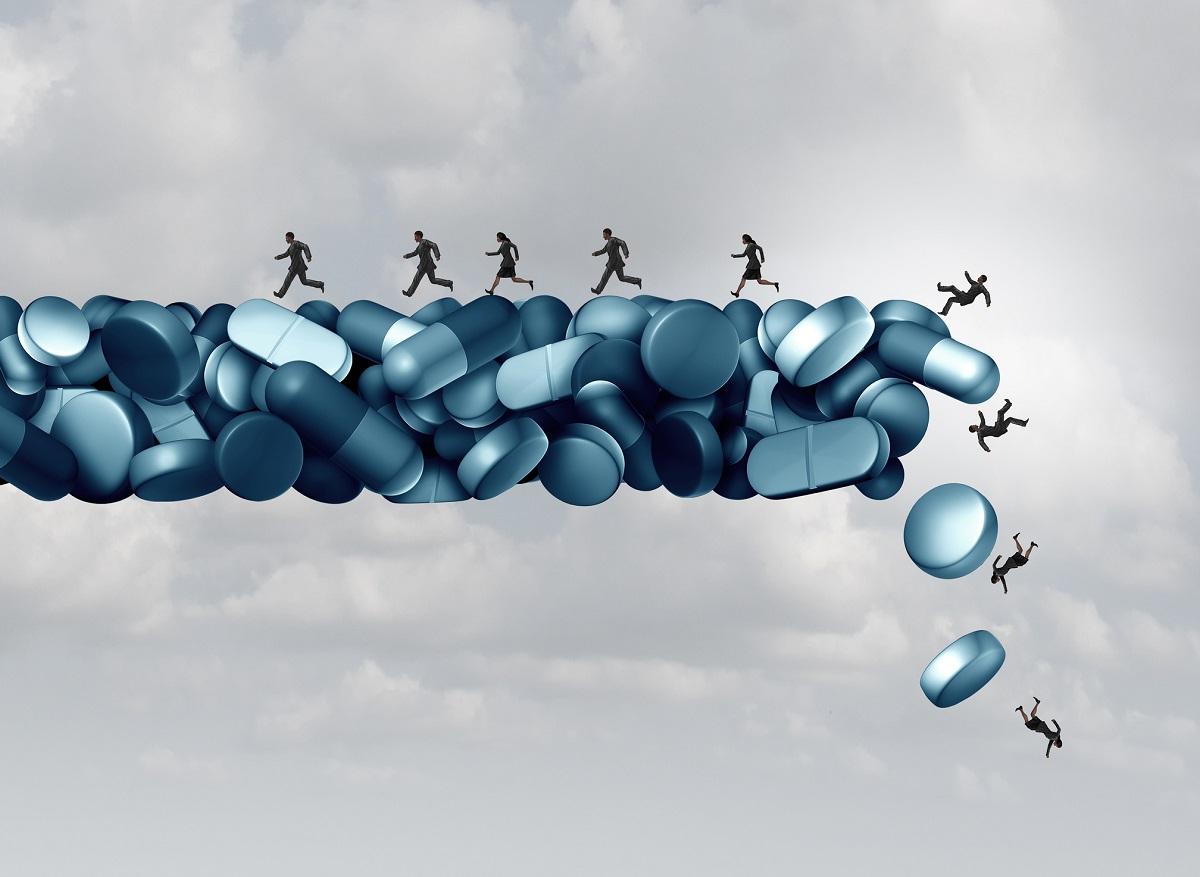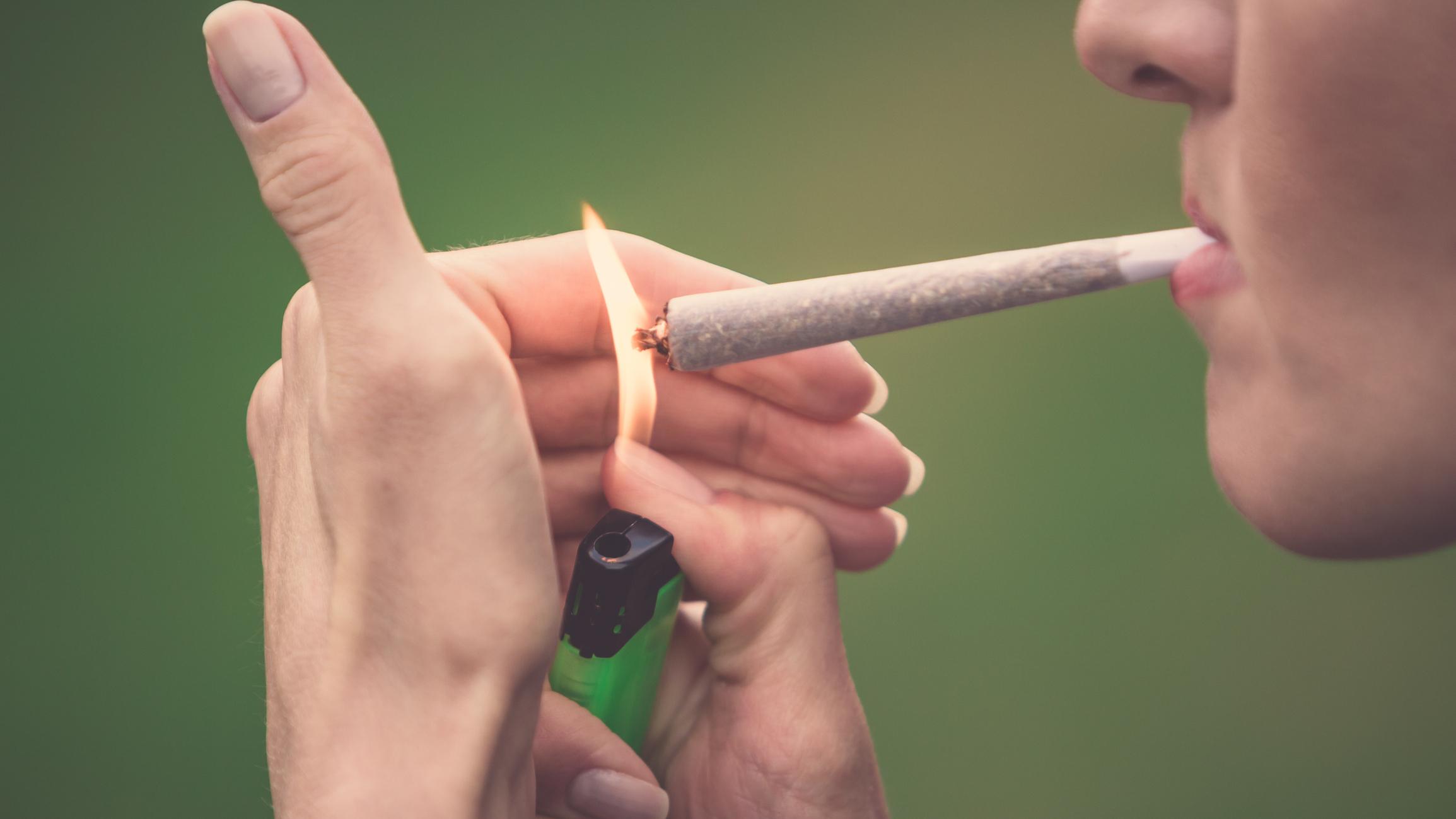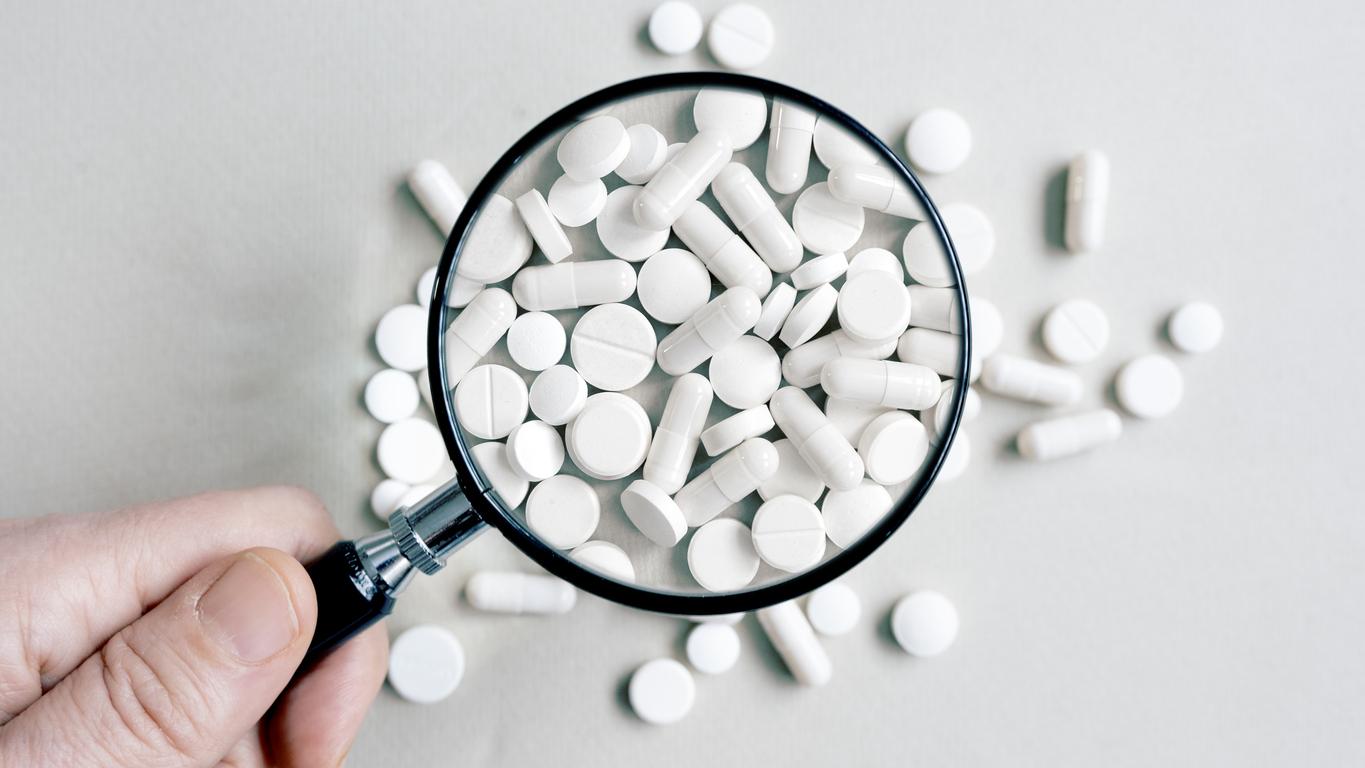Several regional health agencies are warning of the very significant increase in THC levels, the molecule responsible for the psychotropic effects, in cannabis and synthetic products in recent years. The risks of dependency are increasing and the number of hospitalizations is on the rise.
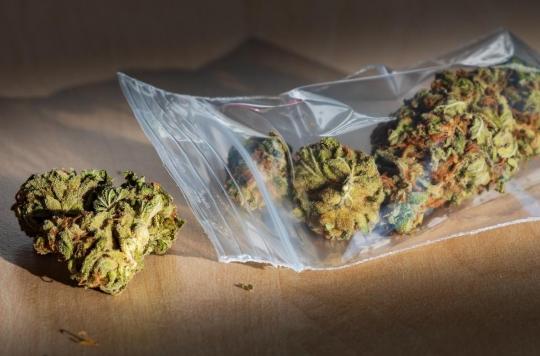
- A synthetic cannabinoid, MDMB-4en-Pinaca, is increasingly present in the grass of consumers and can go so far as to cause hospitalizations and even deaths.
- Due to increased parental neglect, more and more children are ingesting pieces of cannabis resin.
The finding is striking. In twenty years, the average level of THC, for tetrahydrocannabinol, in cannabis resin has tripled. This molecule, at the origin of the psychotropic effects, was present at rates of between 6% and 8% in the early 2000s, according to figures from the national technical and scientific police service (PTS). It then progressed slowly until the year 2010, “which is a pivotal year”, reveals to World Céline C., legal expert in narcotics, engineer and head of the narcotics section of the scientific police laboratory in Lyon. In 2019, the THC concentration peaked at 28%. In other forms, it even happens that this rate climbs up to 90%.
Powerful synthetic products
Synthetic products are also increasingly making their way into consumers’ bags. These synthetic molecules imitate and amplify the effects of certain products, and this is not without consequences. Unusual reactions have been reported in many smokers. In the fall of 2020, the addictovigilance center of Marseille and the ARS Provence-Alpes-Côte d’Azur (PACA) reported clients who found themselves sweating, feverish, dizzy and shaking, nausea or even vomiting. In Bordeaux, the addictovigilance center and ARS Nouvelle-Aquitaine testified to cases of minors who had to be hospitalized after consuming these synthetic substances.
Analyzes of these products have been carried out and revealed the presence of a synthetic cannabinoid, MDMB-4en-Pinaca. This molecule, supposed to reproduce the effects of THC and which comes in powder form, is sprayed on plant residues to increase the psychotropic potency of the drug. “These are substances which, for much lower doses, are much stronger. It’s cannabis potency 100”, reveals Joëlle Micallef, president of the French network of addictovigilance and director of the PACA center. This product can have serious consequences for customers, who see this product being added without their knowledge, which can cause malaise, vertigo, tachycardia, bad trip, aggression, and even, in the most severe cases, stroke, heart attack and even death. In 2019 and 2020, twelve people died in Europe following the consumption of MDMB-4en-Pinaca, according to the European Monitoring Center for Drugs and Drug Addiction which notes that other psychoactive substances were identified in each of the cases.
Behind the hospitalizations, a large number of cases
Specialists warn of the risks posed by these new substances. While there are few serious cases, a far greater number of consumers are falling under the radar. “When we have five cases, it’s because in reality we have five hundredbelieves Joëlle Micallef. What alerts us is the evolutionary trend. When we see that the cases are increasing, that the product arrives in different regions, that it reaches all types of audiences, it is more important than a number. For us, nothing is missing to raise national awareness on the subject.”
More and more pediatric poisonings
In addition, a new phenomenon has been expanding rapidly over the past ten years: pediatric poisoning. Due to increased parental neglect, more and more children are ingesting pieces of cannabis resin, which has a higher concentration of THC. This trend has been observed since 2014, the year when the pediatric emergencies of the Toulouse University Hospital seized the Midi-Pyrénées regional health agency (ARS) faced with the multiplication of unusually serious situations, with cases of coma and apnea justifying monitoring in continuous care or intensive care, note The world. In all, twelve cases were reported that year by the hospital, as many as between 2007 and 2012.
A study led by the National Agency for the Safety of Medicines and Health Products (ANSM) revealed that in 2015, there were 254 hospitalizations of children under 10 related to cannabis use, including 209 infants between 1 month and 2 years old. In comparison, in 2010, 67 hospitalizations were recorded. Data from recent years confirm the upward trend. “When we measure the THC concentration in the blood of these children, it corresponds to the level of an adult who would smoke ten times a day, because they swallow pieces of resin whole.reveals Maryse Lapeyre-Mestre, head of the Toulouse addictovigilance center. These cases are observed when the child begins to move, to catch, to put in the mouth. Most of the time, it happens during parties. Sometimes it’s the grandmother who looked after the little one who left his hash lying around or at the nanny’s. People take more precautions not to leave cigarettes or alcohol next to children, this is less the case when it comes to cannabis.”

.









